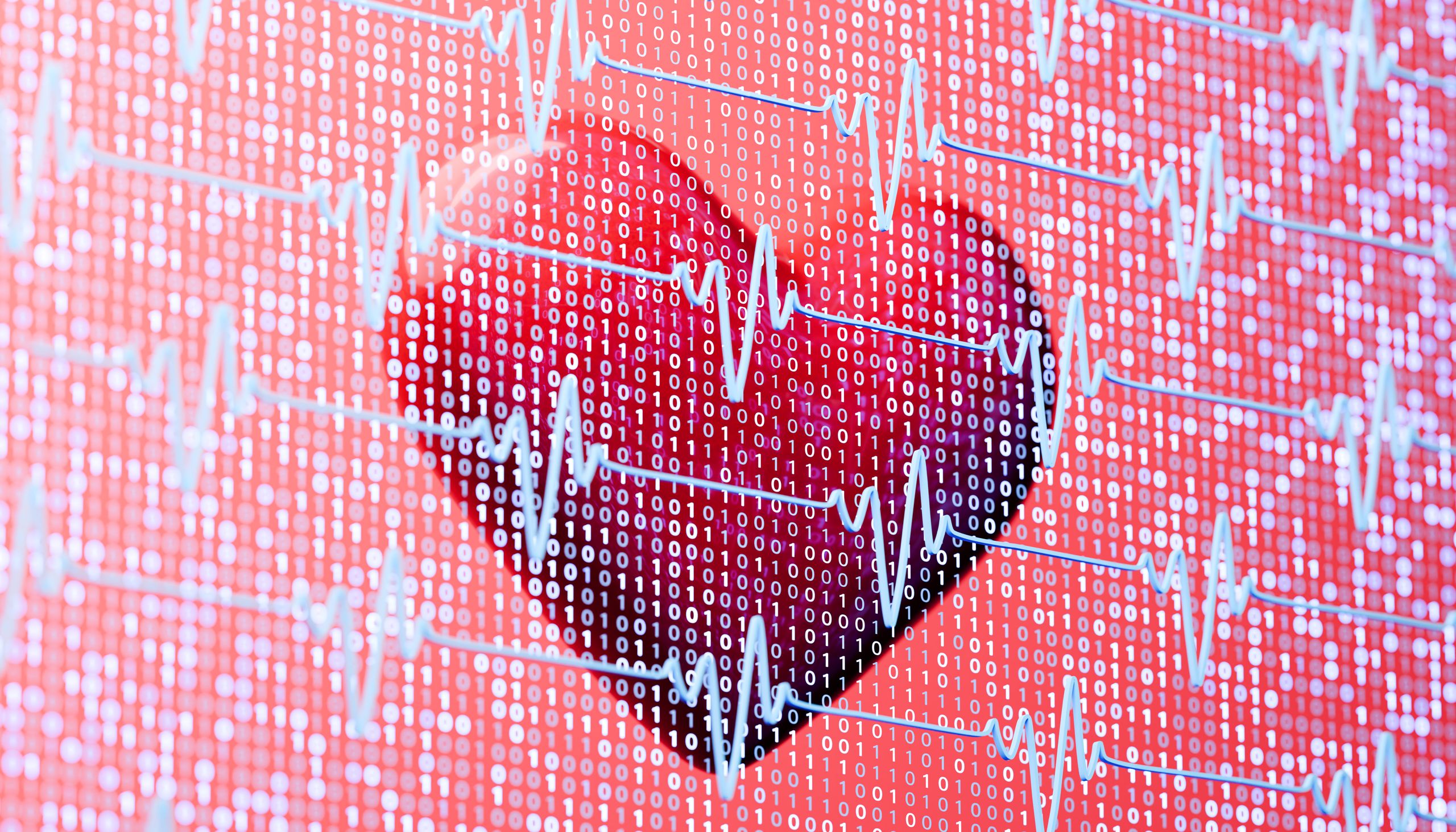Engineers have used artificial intelligence (AI) and cheap, off-the-shelf hardware to convert the amplitude of Wi-Fi signals into estimates of a person’s heart rate.
The accuracy of this system, called Pulse-Fi, is remarkably consistent across body positions and distances, the researchers wrote in a study published Aug. 5 in the proceedings of the 2025 IEEE International Conference on Distributed Computing in Smart Systems and the Internet of Things (DCOSS-IoT).
Many at-home technologies, like chest-strap monitors and smartwatches, monitor vital signs, including heart rate and breathing rate. However, these devices require constant contact with the individual and are expensive, prompting the need for noncontact technologies.
One such technology can harness the information in Wi-Fi signals, which are radio waves that carry data between an emitter and a receiver, such as between a router and a computer.
The “channel state information” (CSI) provides the amplitude and phase of the signal as it journeys between these two devices, including when it passes through obstacles such as moving chests. Because the signals warp when passing these barriers, researchers can filter the CSI data to capture the vital signs.
Various examples now exist for Wi-Fi heart rate detection, but Kocheta and his team argued that several limitations remain. For example, many rely on now-defunct hardware. To address these limitations, the researchers developed a new system called “Pulse-Fi.”
Capturing vital signs
To collect the data needed to evaluate Pulse-Fi, the team placed seven people — five male and two female — between two single-antenna ESP32 devices. These microcontroller devices released Wi-Fi signals, with one acting as an emitter and the other as a receiver. The participants’ actual heart rate was collected at the same time via a pulse oximeter attached to their fingertip.
Each individual participated three times: once at 3.3 feet (1 meter) from the EPS32s and then from 6.6 feet (2 m) and 9.8 feet (3 m) away. Each measurement window lasted five minutes.
The team then developed a machine learning pipeline to estimate the heart rates from the CSI. The initial step was to extract the amplitude information, which relates to the individual heartbeats, and then remove the messy parts of the signal stemming from obstacles in the environment.
Next, the engineers added a filter to remove signal frequencies outside the 0.8-to-2.17-hertz range, which corresponded to 48 to 130 beats per minute (BPM). Then, they added a second filter to smooth the signal further.
The team then estimated the participants’ heart rates using a long-term-short-term memory recurrent neural network, a form of machine learning that adds “memory cells” to the processing of sequential data, which provides the context needed to pick up dependencies in the data. In this instance, these dependencies relate to elements such as resting heart rate and exercise-induced spikes in BPM.
The team was surprised to find the heart rate estimates remained accurate across the different distances from the ESP32 devices. Pulse-Fi under- and overestimated heart rates by an average of 0.429 BPM at 1 meter, 0.482 BPM at 2 m and 0.488 BPM at 3 m away.
The researchers then used pre-existing Wi-Fi CSI health data to test how Pulse-Fi fared with different body positions and activities. The data came from 118 Brazilian adults holding 17 stationary and active positions, including sitting still, walking in place and sweeping the floor, for 60 seconds. The participants were 3.3 feet (1 m) from the Wi-Fi emitter and receiver as well as from the Raspberry Pi 3B+ used for collecting CSI data.
They compared the neural network heart rate estimate against smartwatch readings and found that Pulse-Fi was unaffected by the person’s body position. The typical error was 0.2 BPM.
Wireless beats
This early-stage technique is theoretically interesting, said Andreas Karwath, a health data scientist at the University of Birmingham in the U.K. who was not involved in the research.
However, he said a key limitation of this research is that the same data were used for the training, validation and testing of the model. The researchers shuffled the data each time, but Karwath said this creates a self-fulfilling prophecy.
“It’s like predicting someone’s disease by learning from the person and then predicting the person,” he told Live Science. “That doesn’t make sense.”
In a response to this critique, the researchers said that while their analysis did involve shuffling, they have since tested the model in real time, where the Pulse-Fi was trained only on past data and then evaluated on a completely new input signal and environment. This research has not yet been published.
Karwath also explained that the smartwatch and oximeter used to collect the heart rate information for the neural network to be compared against are not always 100% accurate, so their data may be biased.
Kocheta, Bhatia and Obraczka acknowledged this limitation about the smartwatch. However, “the pulse Oximeter is generally considered to be a certified medical device which is very accurate,” they said.
The team is now expanding the Pulse-Fi testing to track the heart rates of multiple individuals in a room at the same time to see how well the model copes with crowded environments.
The authors said that no explicit personal information is involved in the data processing pipeline and all heart rate estimates remain in the hardware. As such, there are no data privacy concerns with the technology. Karwarth predicted that the technology is at least five to 10 years away from being deployable.
